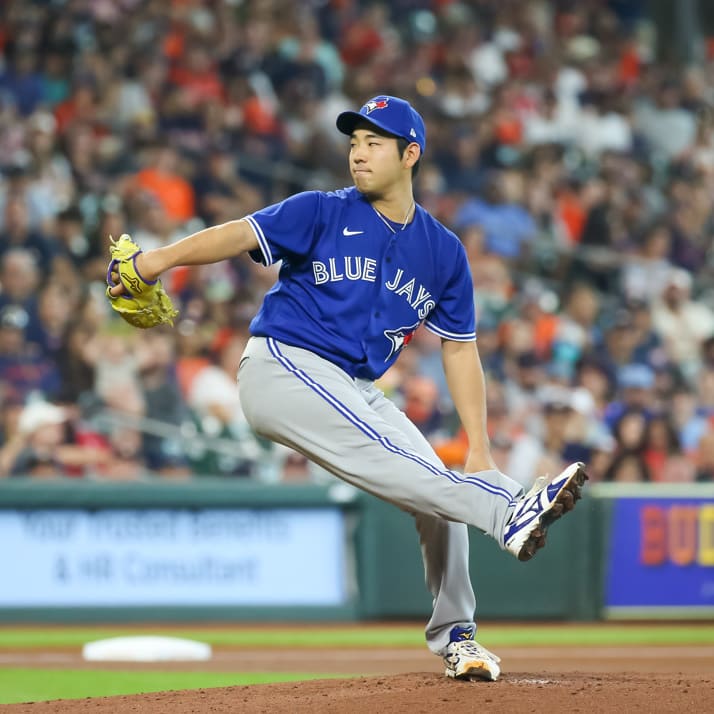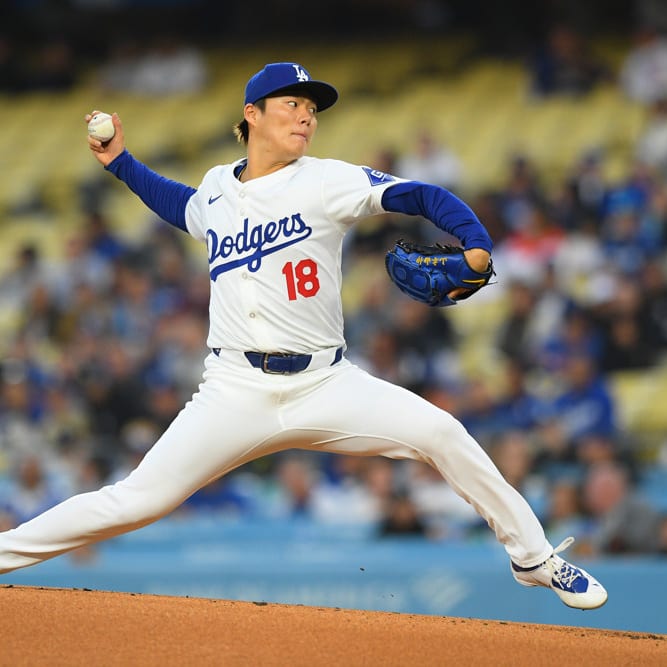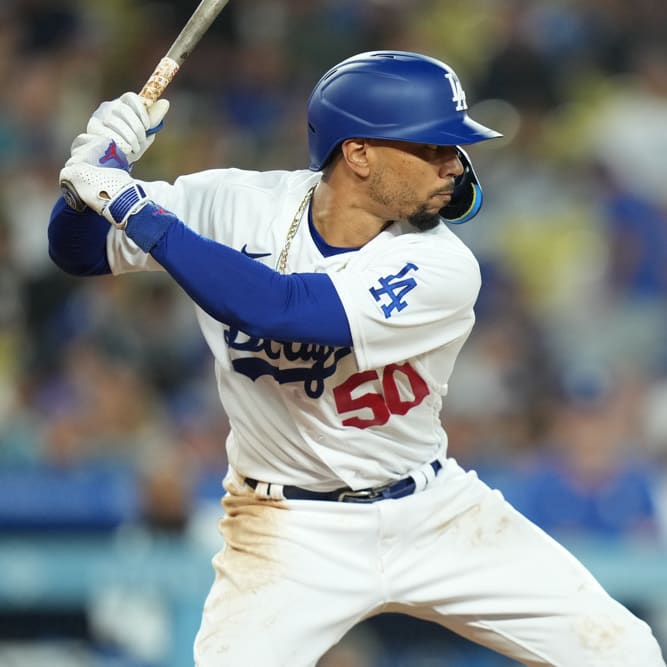This article is part of our Umpire Analysis series.
When we talk about splits in reference to our daily lineup construction, it's most likely assumed that we're talking about the relationship between the handedness of a pitcher with that of a batter. The reason why this type of split is the most common may be because it has been shown to yield the largest success rate for hitters. How large? According to The Book: Playing the Percentages in Baseball, written by Tom M. Tango, Mitchel G. Lichtman and Andrew E. Dolphin, left-handed hitters tallied a wOBA 25 points higher against righty pitchers, as opposed to southpaws from 1999-2002 with a minimum of 800 plate appearances, while righties hit 14 points better against lefties than they did against same-handed pitchers.
Even if you didn't know the exact numbers, you likely suspected that hitters perform better when facing the opposite hand, if only because so much of daily fantasy analysis emphasizes that this is the case. While the previous relationship may be the most important split at which to look when attempting to select a hitter, it isn't the only one. In this week's article, we will look at two other kinds of splits that can be helpful when attempting to sort out our lineups.
Our first attempt at finding an advantage comes in the area of batted ball data, where we find that ground ball pitchers are vulnerable to batters that tend to hit more fly balls. Going back to the same study we saw above tells us that flyball batters were shown to hit 61 points better against ground ball pitchers than those batters who were more apt to hit grounders. The reason for this is likely that while groundballs go for hits at a higher rate than fly balls, the balls in the air are more likely to become extra-base hits. The thing to keep in mind as you attempt to utilize this strategy is that most players have fairly neutral batted-ball profiles, which means the data will be most advantageous when we find a hitter who has extreme-fly ball tendencies, and are able to match him up against a pitcher with a proclivity for keeping balls on the ground.
The interesting thing about experimenting with this split is it could force us to consider matchups we otherwise may have let pass. On Friday, for example, Chris Carter (54.2 percent fly ball rate) will face Jeff Samardzija (49.7 percent groundball rate). While such a small sample size may not necessarily be indicative of anything, I will note that Carter has hit The Shark hard in their previous meetings, going 5-for-12 with two doubles and two homers.
In our final effort to attempt to find an edge in this regard, we can try to select batters against hurlers who rely heavily on pitches that carry the largest platoon splits. According to The Book a study of the pitchers with the highest platoon splits from 2000-2004 found that about three quarters of them relied heavily on a slider (or a non-overhand curve). We see further evidence of opposite-handed hitters doing damage to the pitch in The Hardball Times Baseball Annual 2008, as hitters with a platoon advantage tallied a .905 OPS when putting a slider in play, which was the highest mark of any secondary pitch that year.
As luck would have it, we have a target pitcher in our midst this weekend, as Tyson Ross (41.4 percent slider usage) will square off against Charlie Blackmon. We once again see success in a limited sample here, as Blackmon is 2-for-5 off Ross with a double and a home run in his career.
When applied correctly, the data found in certain kinds of splits can be a powerful weapon to help us put together the best lineup possible. While platoon advantage rules the roost, we have seen that selecting our hitters according to batted ball and pitch-type data also has the potential to garner us a significant amount of success. Perhaps the biggest advantage of incorporating the latter two methods into our daily lineup building is that we can gain an edge by exploring profitable matchups that may be overlooked by other players who have only been exposed to more traditional methods of evaluating hitters.












